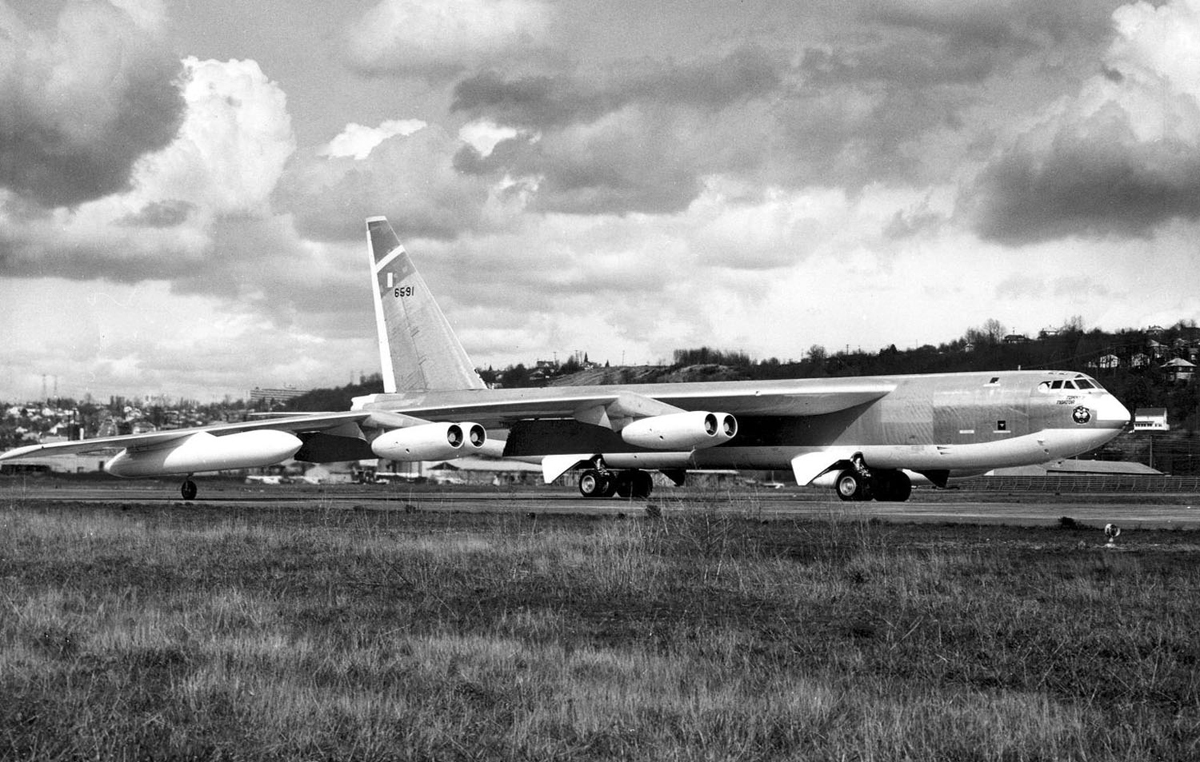Crash of a Cessna T207A Skywagon in Mt Steens: 6 killed
Date & Time:
Aug 21, 1986 at 1015 LT
Registration:
N73569
Survivors:
No
Schedule:
McDermitt - Burns
MSN:
207-0603
YOM:
1981
Crew on board:
1
Crew fatalities:
Pax on board:
5
Pax fatalities:
Other fatalities:
Total fatalities:
6
Captain / Total hours on type:
13.00
Aircraft flight hours:
1235
Circumstances:
Although low altitude flight within the gorge was not in accordance with the mission profile the pilot entered the canyon and proceeded upslope towards rising terrain. 87% of the pilot's extensive flight experience was in helicopter aircraft and he had acquired an estimated total of only 13 hours in make/model at the time of the accident. The aircraft was slightly over its gross weight at the time of the accident and high density altitude conditions existed. During the pilot's attempt to reverse direction at the end of the gorge the aircraft stalled and a loss of control followed. A stall/spin maneuver resulted placing the aircraft in an uncontrolled descent into the terrain. All six occupants were killed.
Probable cause:
Occurrence #1: loss of control - in flight
Phase of operation: maneuvering - turn to reverse direction
Findings
1. (c) in-flight planning/decision - improper - pilot in command
2. (f) terrain condition - rising
3. (f) weather condition - high density altitude
4. (f) clearance - misjudged - pilot in command
5. (f) aircraft weight and balance - exceeded - pilot in command
6. (c) airspeed (vs) - not maintained - pilot in command
7. (f) lack of total experience in type of aircraft - pilot in command
8. Stall/spin
----------
Occurrence #2: in flight collision with terrain/water
Phase of operation: descent - uncontrolled
Phase of operation: maneuvering - turn to reverse direction
Findings
1. (c) in-flight planning/decision - improper - pilot in command
2. (f) terrain condition - rising
3. (f) weather condition - high density altitude
4. (f) clearance - misjudged - pilot in command
5. (f) aircraft weight and balance - exceeded - pilot in command
6. (c) airspeed (vs) - not maintained - pilot in command
7. (f) lack of total experience in type of aircraft - pilot in command
8. Stall/spin
----------
Occurrence #2: in flight collision with terrain/water
Phase of operation: descent - uncontrolled
Final Report:



